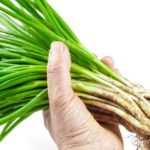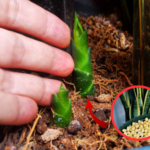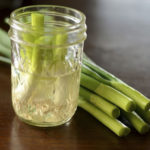1. Growing Onions
Growing green onions from onion bulbs is a popular and effective method favored by many. Depending on personal preferences, you can grow green onions in buckets, pots, plastic bottles, or even try your hand at hydroponics, ensuring healthy and robust onion plants.
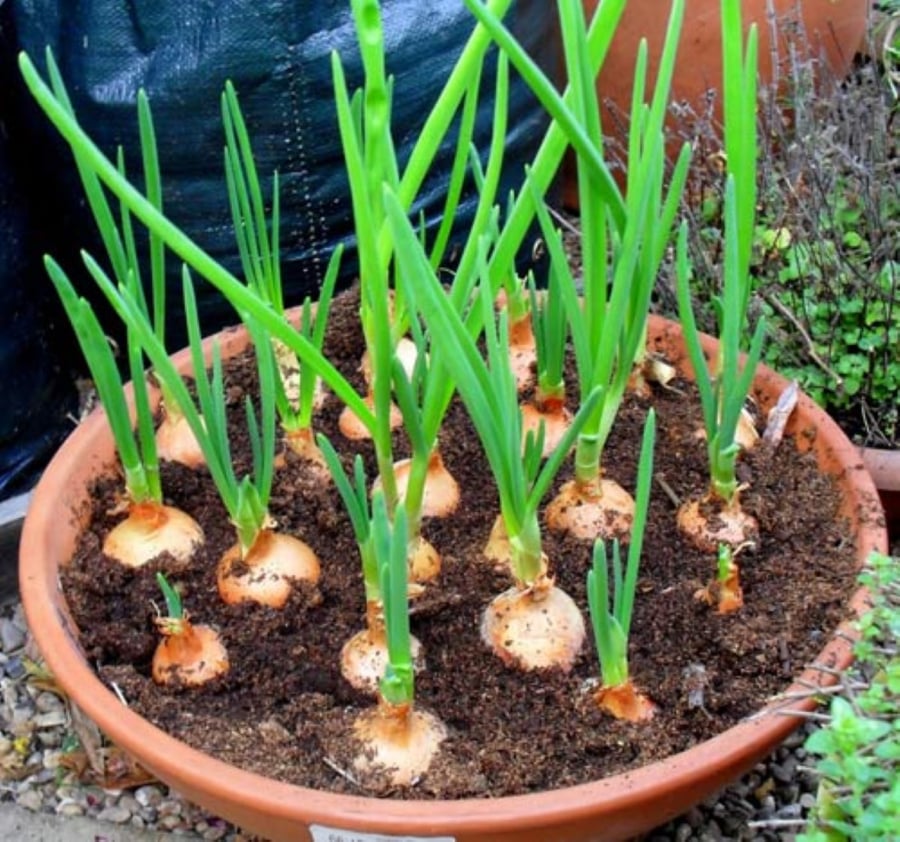
Onion Gardening
The simplest method is hydroponics, and here’s how you do it:
– Prepare a clean cup or plastic bottle and fill it with about 3 cm of water.
– Take the white root portion of a green onion (about 7-10 cm) or an onion bulb and submerge it in the water. Ensure that only the roots or the base of the onion are in the water; otherwise, the bulb will rot.
– Place the cup or bottle in a cool, dry, and well-ventilated area, avoiding direct sunlight. Within a week or two, your onions will be ready for use.
2. Growing Lemongrass
Lemongrass is a familiar and beloved ingredient in Vietnamese cuisine, also used for its medicinal properties, such as repelling mosquitoes and relieving colds through steam inhalation. With the simple method described below, you can easily grow lemongrass at home.
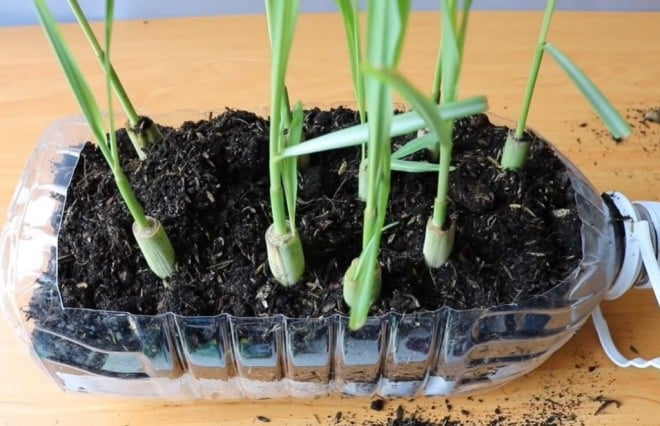
Growing Lemongrass
How to Grow Lemongrass:
Cut off the leaves of the lemongrass, leaving the base intact. Soak the base in warm water, ensuring it is fully submerged. Place it in a well-ventilated area with access to sunlight.
Within a couple of days, the lemongrass will start to sprout roots. After about a week or two, it will have sufficient leaves and roots and will be ready for planting.
– Planting: Tilt the lemongrass and insert it into the soil at a depth of about 5-6 cm. Secure the plant by firmly pressing the surrounding soil and water generously.
– Watering: If the soil is adequately moist, there is no need to water frequently. Simply maintain a certain level of moisture in the soil. However, if the soil is dry, ensure regular and sufficient watering for optimal plant growth.
3. Growing Ginger
Don’t discard unused ginger! With proper care and attention, it can thrive and make a beautiful addition to your garden, outshining many ornamental plants.
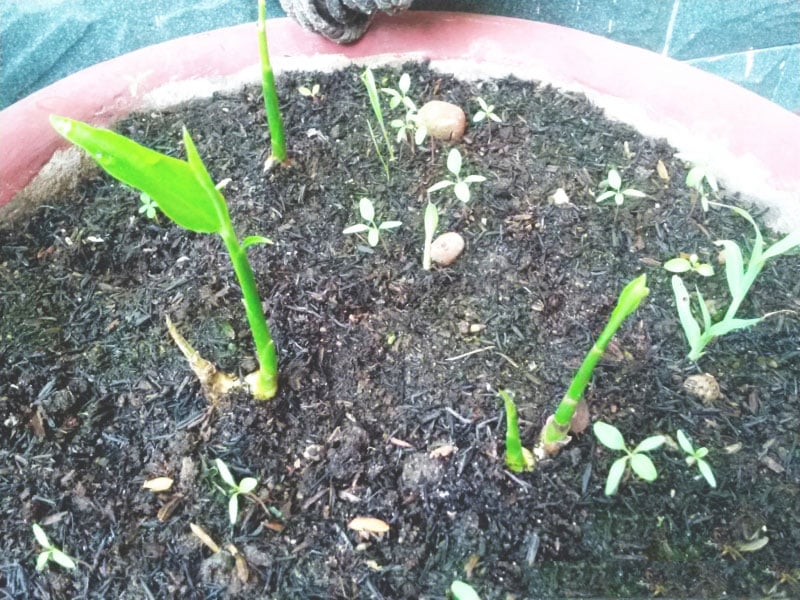
Growing Ginger
Select small ginger varieties like ginger lily or finger ginger for a spicier and more aromatic plant. Additionally, choose thick, smooth, and intact roots, avoiding dry and withered ones. Also, remember to remove the root portion of the ginger before planting.
First, prepare a basin of water and soak the ginger roots overnight. Then, using a knife, cut the ginger into several portions, each weighing around 40 to 60 grams.
Fill your chosen planter with soil, leaving about half of the container empty. Gently press down on the soil to compact it slightly, and then place two ginger segments into the soil, burying them about 2.5-3 cm below the surface.
After planting, water the ginger twice to thrice daily, ensuring adequate moisture without overwatering, as this may cause root rot.
Your ginger will sprout in about 20 days. Once it has grown leaves, reduce watering to once daily and maintain this routine for 7-8 months. During this period, ensure the soil remains moderately moist to facilitate healthy growth.
Preserve Ginger In This Way, No More Dried Ginger, Have Ginger to Eat All Year Round
 Ginger, Have Ginger to Eat All Year Round’>
Ginger, Have Ginger to Eat All Year Round’>Ginger is susceptible to drying out quickly and sprouting in natural environments. To preserve ginger for year-round consumption, you can utilize these methods.


























